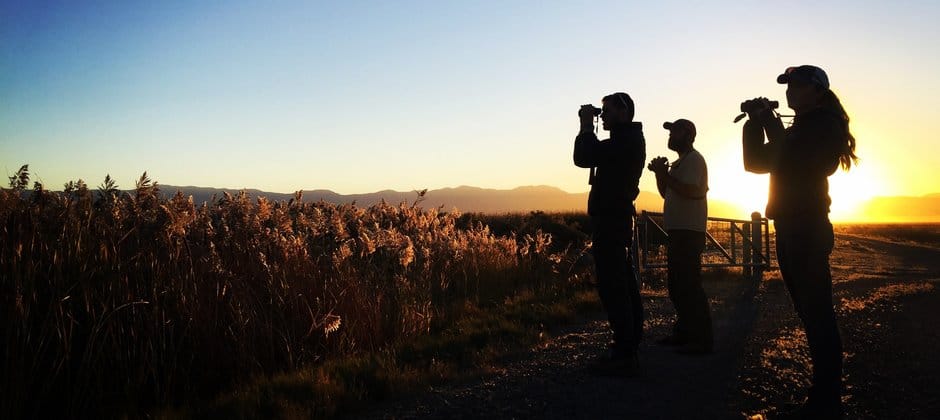Share this article
Community science not yet enough for global bird counts
Community science may not yet be enough to help scientists determine bird population trends around the world.
Past research has looked at how species’ population trends deduced from community science, including the use of citizen science website and database eBird, compared to trends from the U.S. Breeding Bird Survey. “We wanted to turn it up to a global scale,” said Montague Neate-Clegg, a PhD Student at the University of Utah, whose labmate had conducted the previous research. “The difference was we don’t have formal bird trends or surveys for the world’s birds.”
Neate-Clegg led a study published recently in Biological Conservation. They compared data from BirdLife International, an independent global partnership of conservation organizations that surveys birds throughout the world, with worldwide eBird trends.
While eBird went global in 2010, it had “a huge bias toward North America,” Neate-Clegg said, adding that many Americans and other tourists use eBird while traveling.
BirdLife categorizes species as increasing, decreasing or stable. So using eBird data, the team set out to categorize bird species the same way. They then compared them to see how much they agree with one another.
They found that the two were in agreement only about 38% of the time. “That’s not as high as we would like, obviously,” he said, adding that this was only marginally better than if the two lists were randomly compared and showed the same trends by chance. Community science may not be the best tool to base bird conservation off of in some areas, he said.
When they delved deeper into the data, the team found that eBird showed many more species that were increasing. One of the main arguments for that, he said, is that people tend to put more effort into finding certain rarer species, especially in the tropics. “I know when I go birdwatching in the tropics, I look for the things I want to see,” he said, adding that that is biasing the data. However, in North America, birders are more likely to go to the same places every time and may be more aware of the species they see, he said.
The eBird data also has less geographical coverage in places like the tropics. That lack of sightings could also influence or bias the data, he said. For example, past research has shown that to get the best estimates, researchers need 10,000 checklists — including sighting data submitted on the eBird site — for each species. The eBird data only had that for about a quarter of the species globally, he said.
But Neate-Clegg said it isn’t just the community science data that has room for improvement. BirdLife trend estimates are sometimes based on actual population trends measured in the field. But sometimes they are also inferred from things like researchers knowing a species’ habitat is deforested or knowing that wildlife trade is influencing them. “We found that rates of agreement were higher when BirdLife was estimating or observing the trends rather than inferring,” he said. In other words, scientists can make mistakes too. “This tends to suggest we need more on the scientists’ side, and there needs to be more standardized surveys to get more baseline data,” he said.
While the team found that rate of agreement between community science and scientific data were higher for increasing species, they said it was the opposite for decreasing species. But if both methods agreed about a species decreasing, Neate-Clegg said that species should receive the most conservation attention.
Neate-Clegg said the findings don’t mean that citizen science isn’t useful in determining population trends. “We don’t see this as a complete failure,” he said. “We definitely still have a positive outlook toward this. More time and more data will help us estimate these trends better.” The eBird data hasn’t been around for a very long time globally, he added, but it will continue to increase exponentially over time.
Other research in Ontario has found that while community science doesn’t do the best job at capturing bird population numbers, it has been proven to help identify early invasions of alien species. Community science is also a less expensive way to fill in data gaps in some studies.
Neate-Clegg stresses that birdwatchers’ data is still useful. He recommends submitting complete checklists for species they detect, recording all of the species they see and not just the interesting ones, and record the number of birds they see. He also suggests birders go new places that may not be as well explored. “I want to encourage people to get out there and go birding,” he said.
Header Image: Community science is not yet accurate enough to help researchers determine global bird population trends. Credit: Evan Buechley








